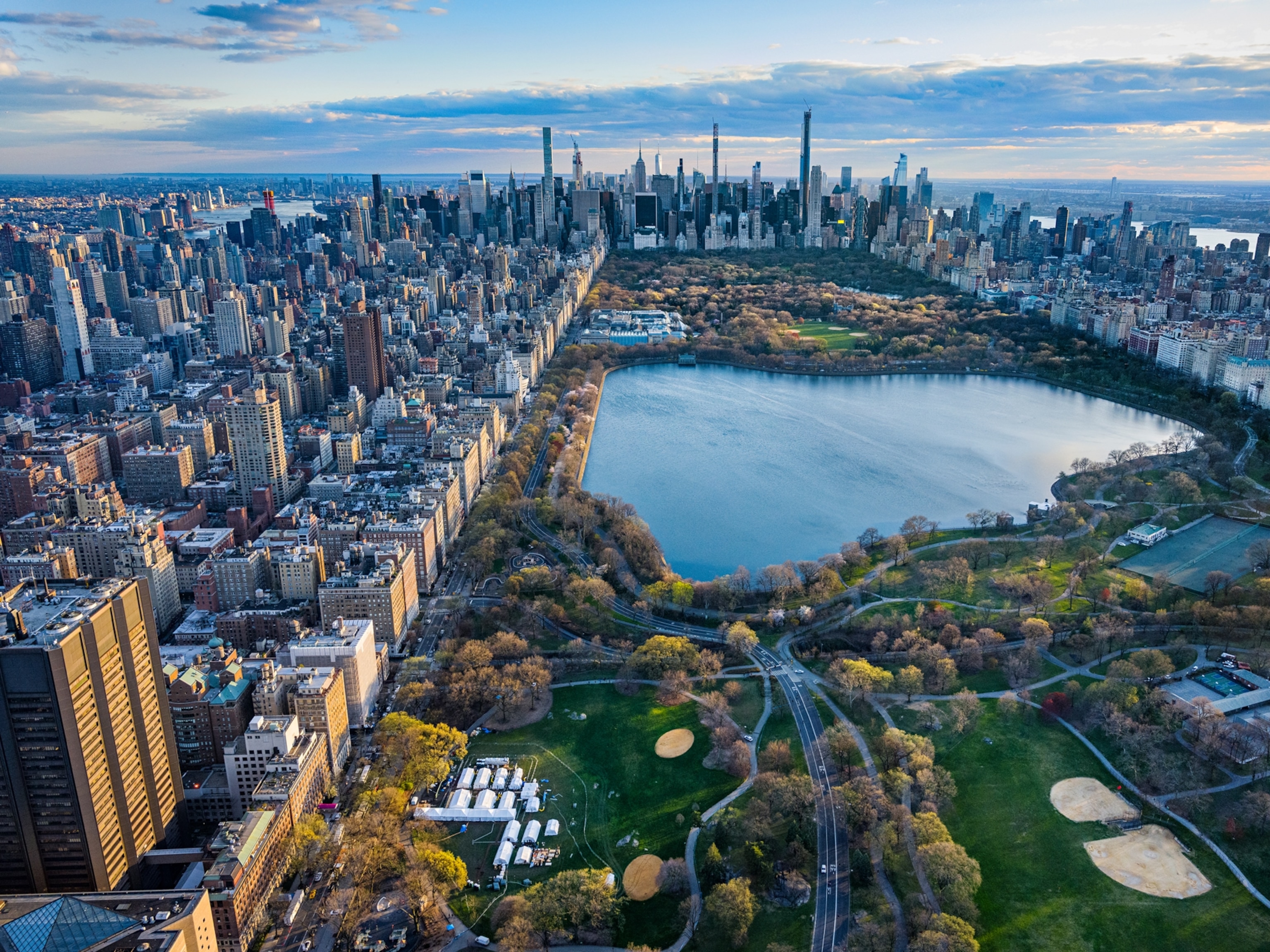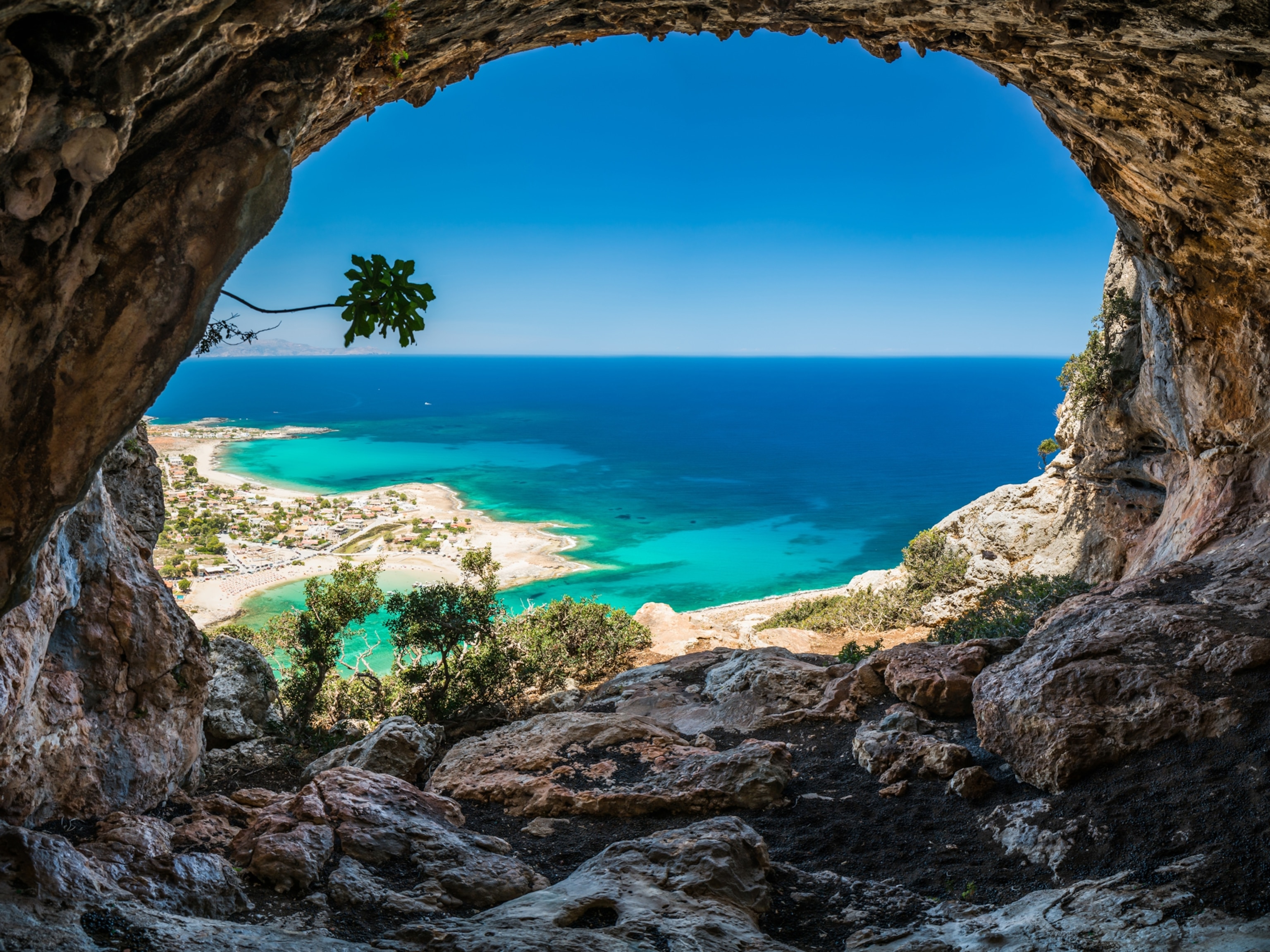
Musings: Jason Larkin’s Mysterious Ascension Island
When I first saw Jason Larkin’s project, A Useless Island, I was immediately intrigued, even though I had never heard of Ascension Island or its history. Larkin’s images filled me with a sense of wonder and mystery. With a name like Ascension and an inlet named Comfortless Cove, it’s not unfair to say the island seems nearly fictional. In 2011, while researching an assignment on nearby St. Helena Island, Larkin stumbled across Ascension and quickly became fascinated with the island and its storied history.
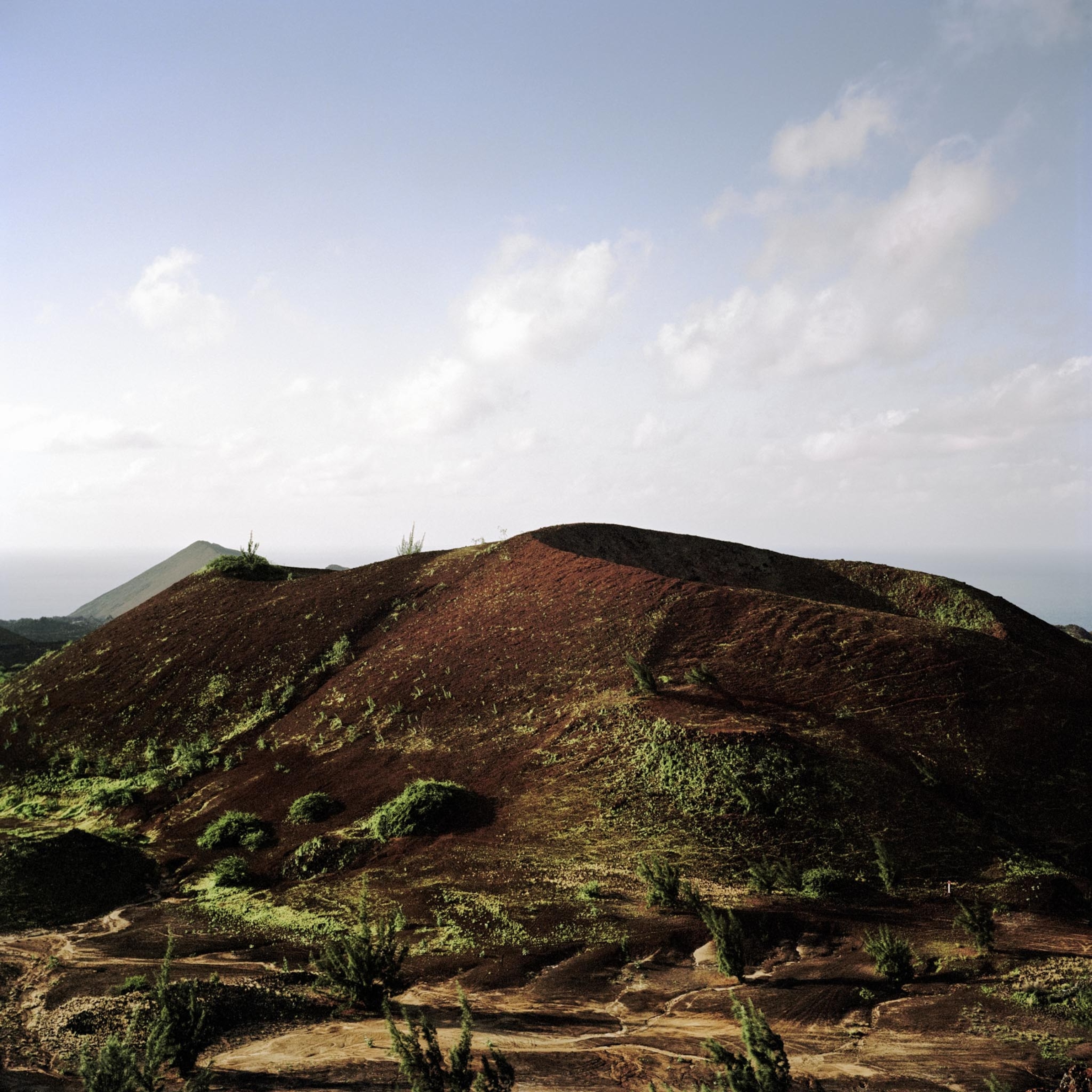
Ascension is located nearly in the middle of the South Atlantic ocean. It was passed over by Darwin on the H.M.S. Beagle because he believed it was too volcanic for plant life to grow. Seven years later, in 1843, the botanist James Hooker was invited by the British Admiralty to spruce up the island. For the next few years, plant shipments designated by Hooker were sent to the island and thus began a new ecosystem on a once nearly bare volcanic landscape. It became known as Green Mountain.
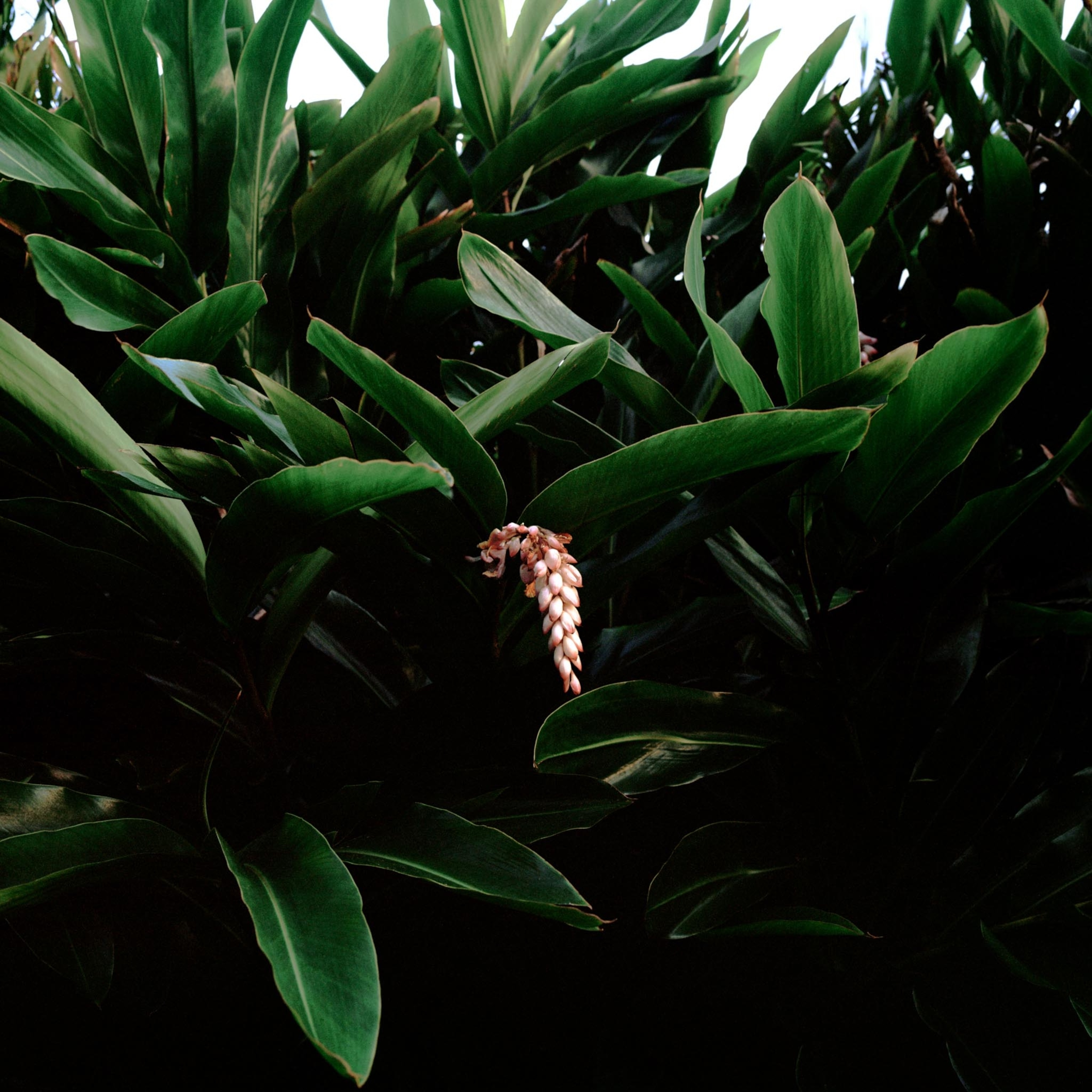
Today, the island is still controlled by the British military and has a small population made up of mostly U.S. and U.K. military, and Green Mountain has been designated as a park, left to grow untamed.
After embarking on a five day boat trip to St. Helena and another three days to Ascension, Larkin finally arrived on the island. When he explored Green Mountain, the vegetation was thick from heavy rains, the first in 20 years, according to Larkin.

“I wasn’t entirely sure what I would find. From what I read about the Marines’ relationship to the Green Mountain, there are a few reasons for why they created it. The primary reason was to increase the island’s rainfall and subsequently grow their own food. I also imagine it gave them something to do. Life was very slow for them. They watched turtles, spent a lot of time finding water, waiting for ships to come through, watching the Spanish navy and slavers. They were used to being isolated and they wanted a project, because otherwise they were reliant on the outside world. It was a hugely ambitious project. They made roads, created water pipes and farms. They brought organization to the island.”

The ecological significance of Green Mountain is what intrigued Larkin the most. According to ecologists, “Green Mountain shows that it is possible, in some cases, to turn largely barren areas into tropical forest in around 100 years, not thousands of years.” The rapid growth has disproved Darwin’s assessment that the island was useless.
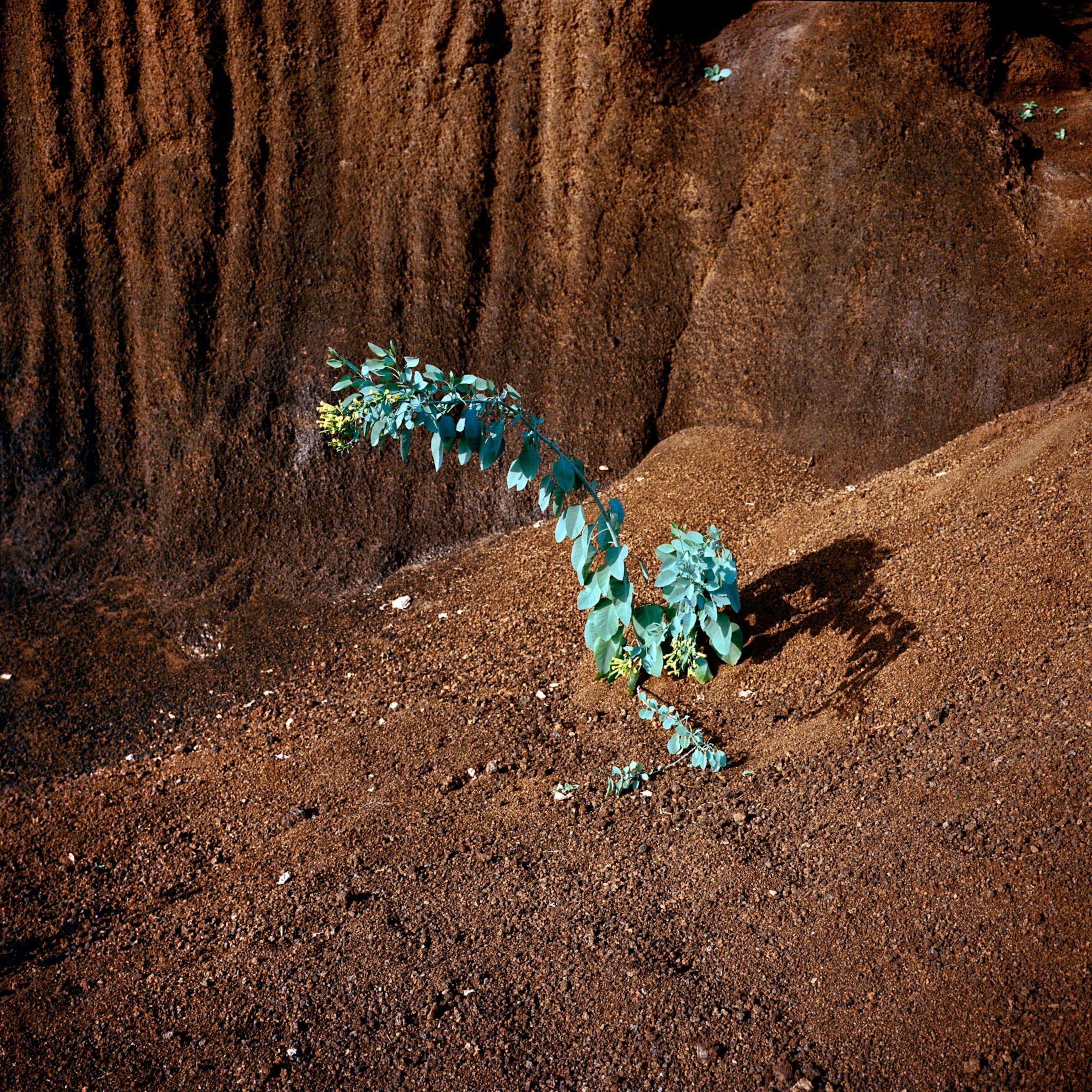
“Most large ecosystems like forests take thousands of years to develop and become sustainable. I wanted to know what that feels like to go into a natural space that has been created in a fraction of that time. I wanted to capture the feeling and mood of the place, the tension between the artificial and natural.”
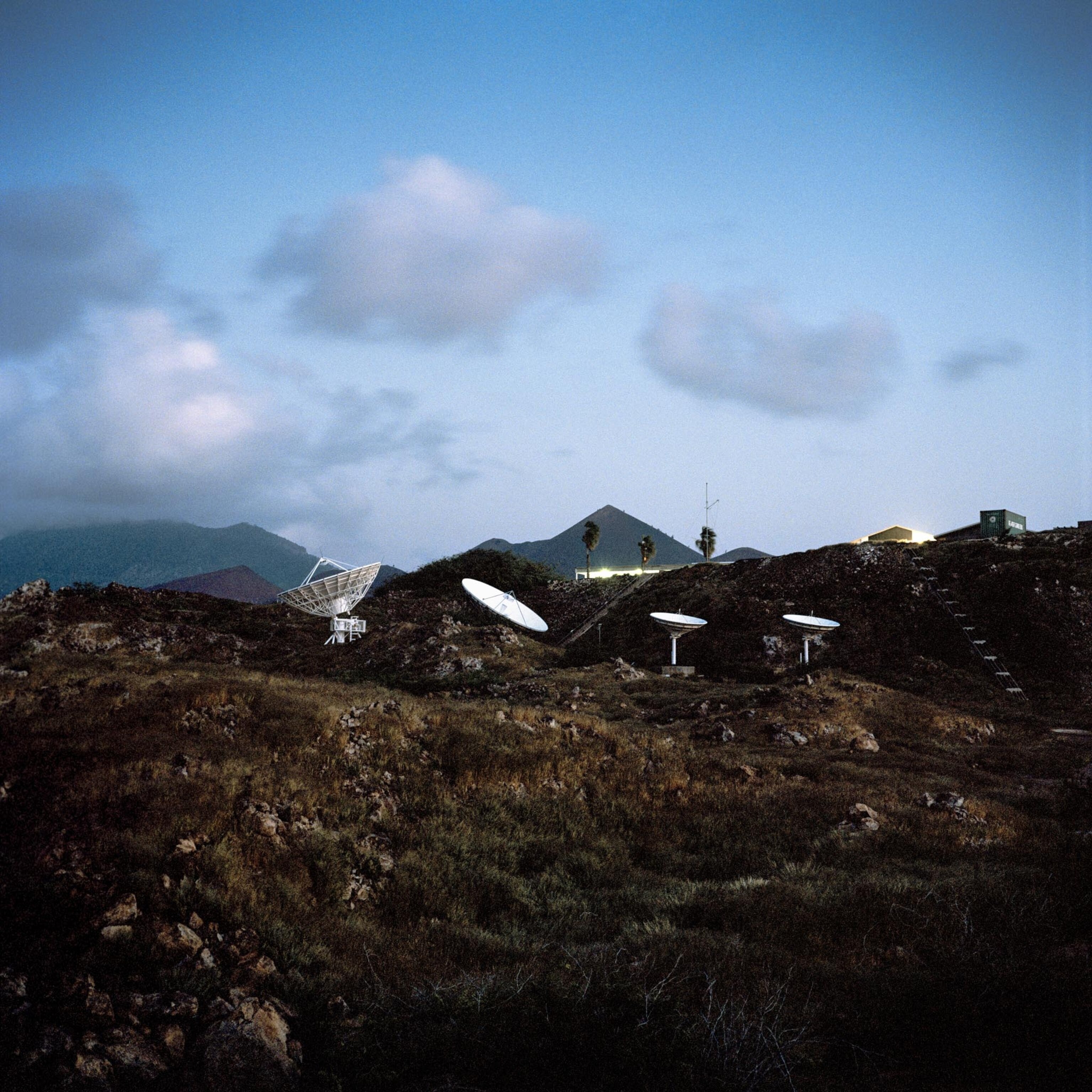
Larkin says the project was a departure from his typical photo stories, which are often complex social documentary projects, such as his project Tales from the City of Gold, which documents mining in Johannesburg, South Africa. Larkin says that he “wanted to give [viewers] a breather, let them be surrounded by vegetation and consumed by a sense of space. It’s a tiny remote island in one of our biggest oceans.”

Overall, it ended up being a refreshing creative outlet for Larkin. “Ascension allowed me to fully remove myself from the process of creating a story for a magazine. It reminds me of when I first picked up a camera.”
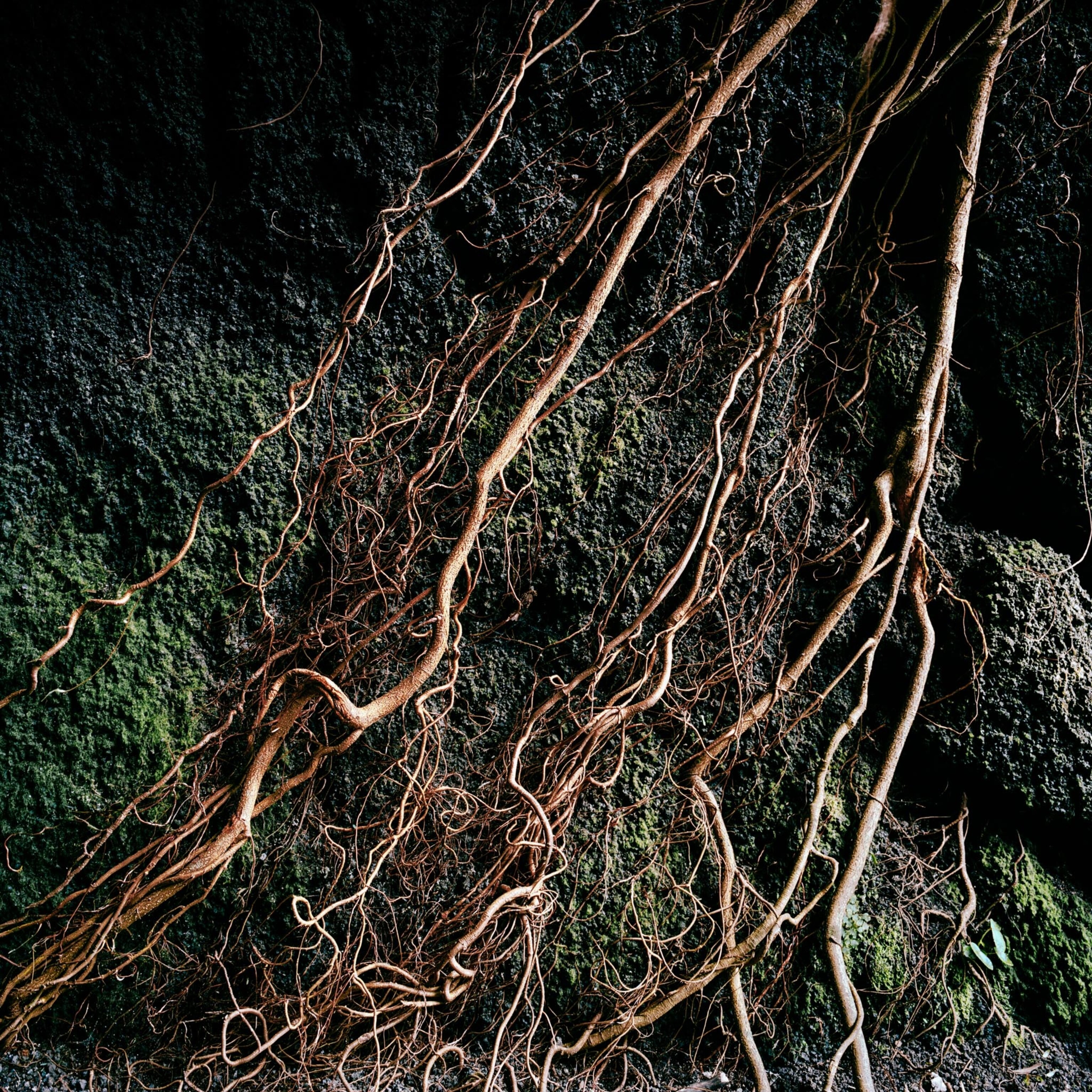
For Larkin, the stories of Ascension and Green Mountain speak to wider human truths.
“There’s a deep inherent desire to just survive with whatever means possible. It’s a part of who we are as a human race. It’s incredible to see the lengths they went to to survive.”
Jason Larkin is represented by INSTITUTE. View more of his work on their website and follow him on Twitter and Instagram.


